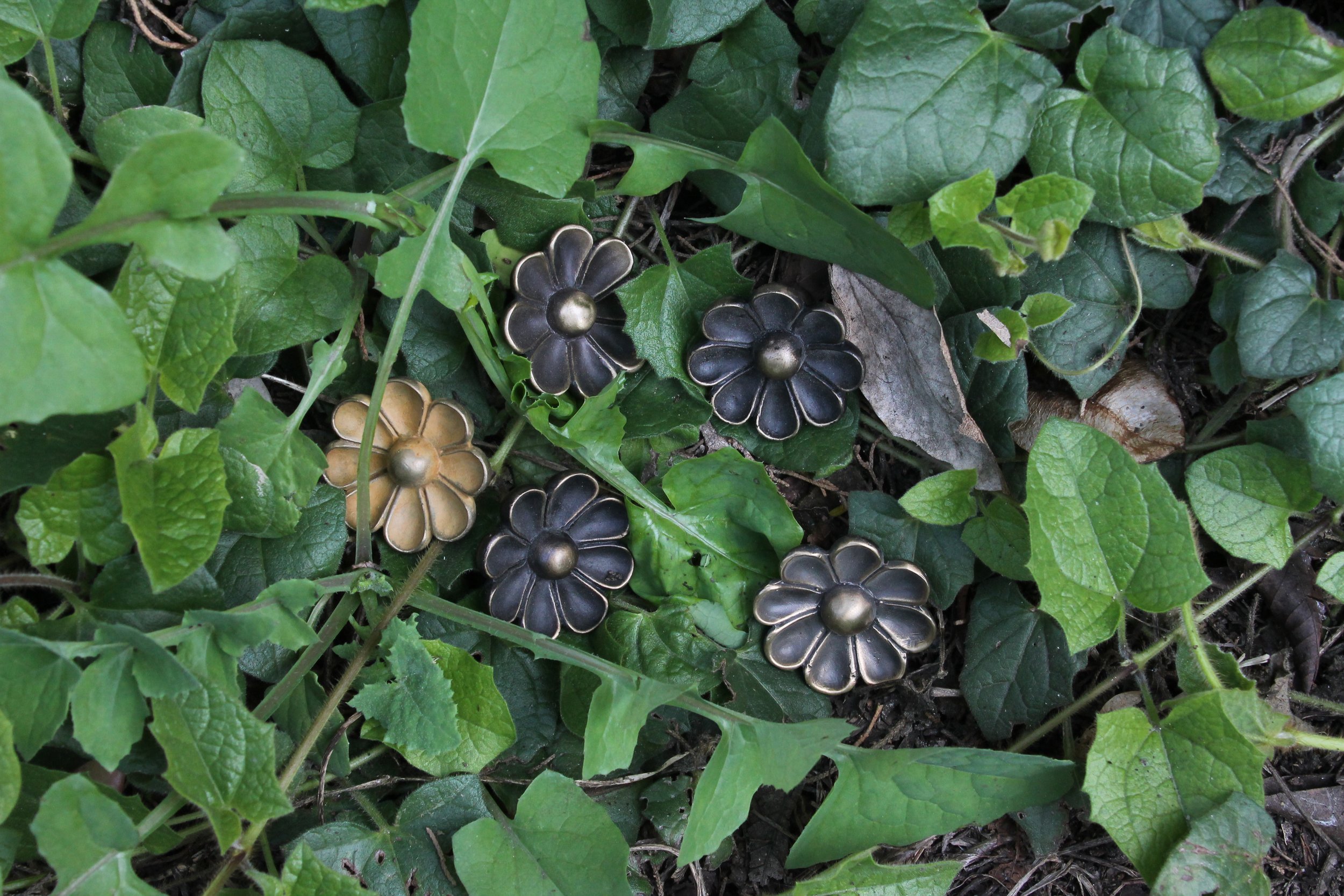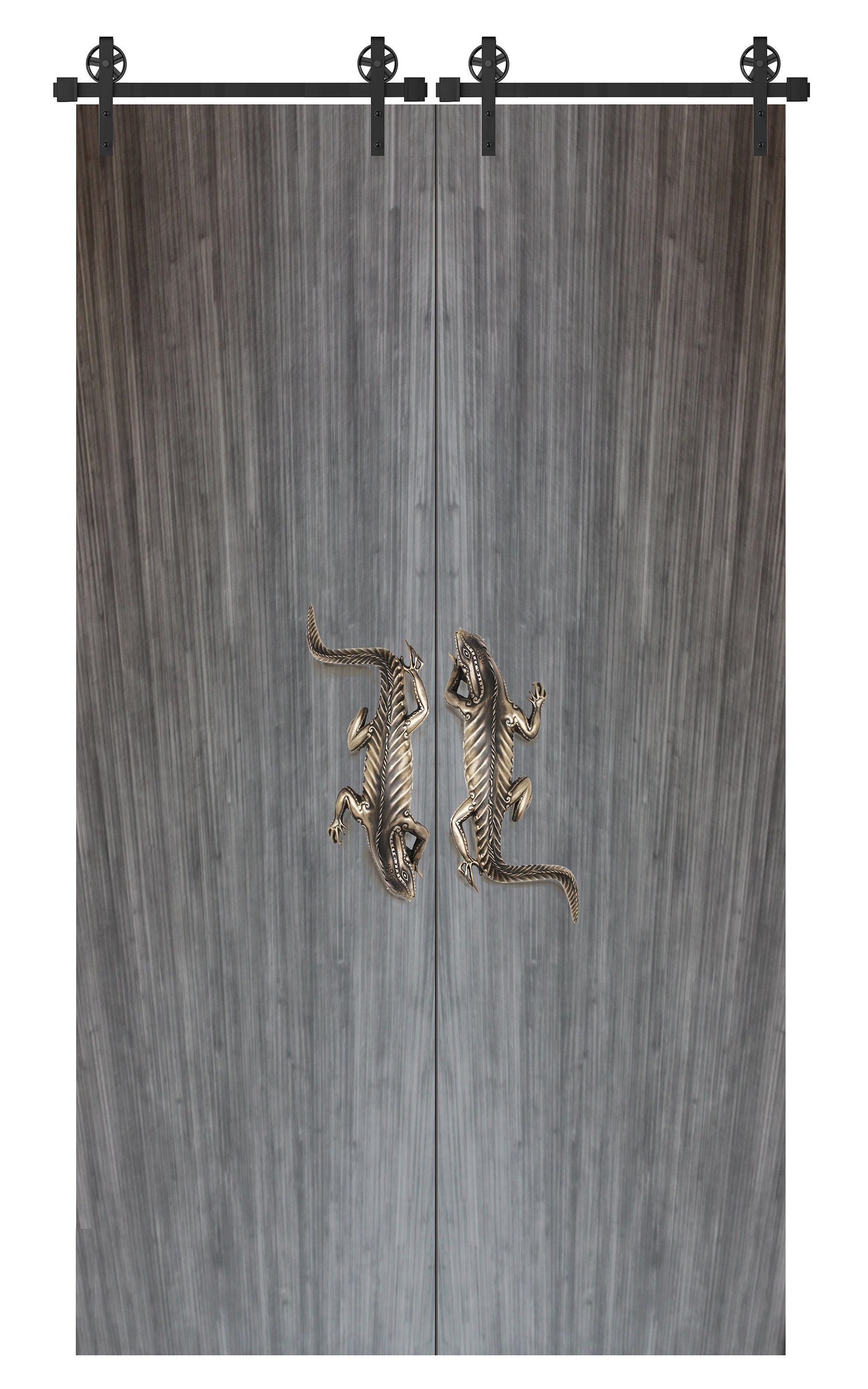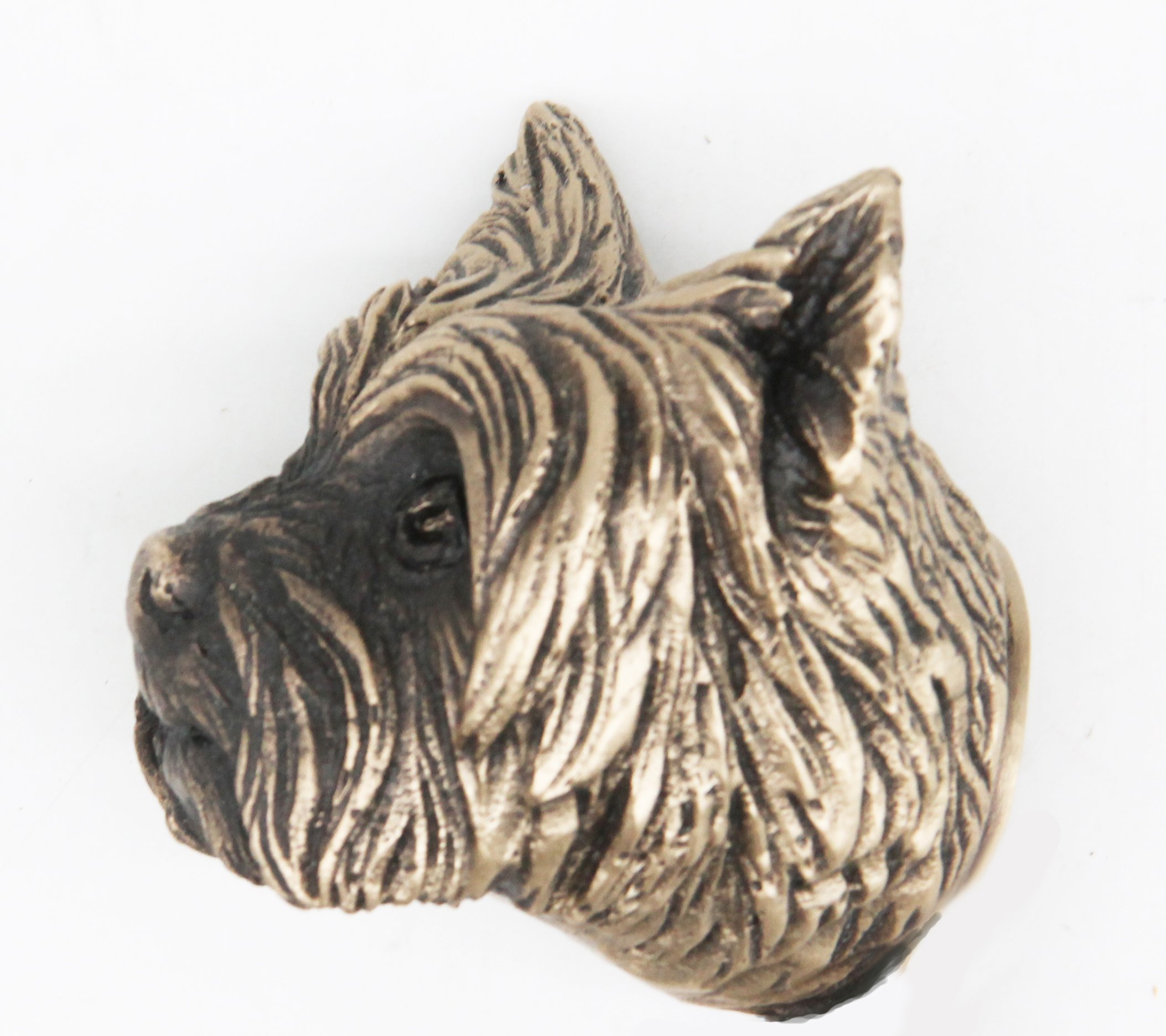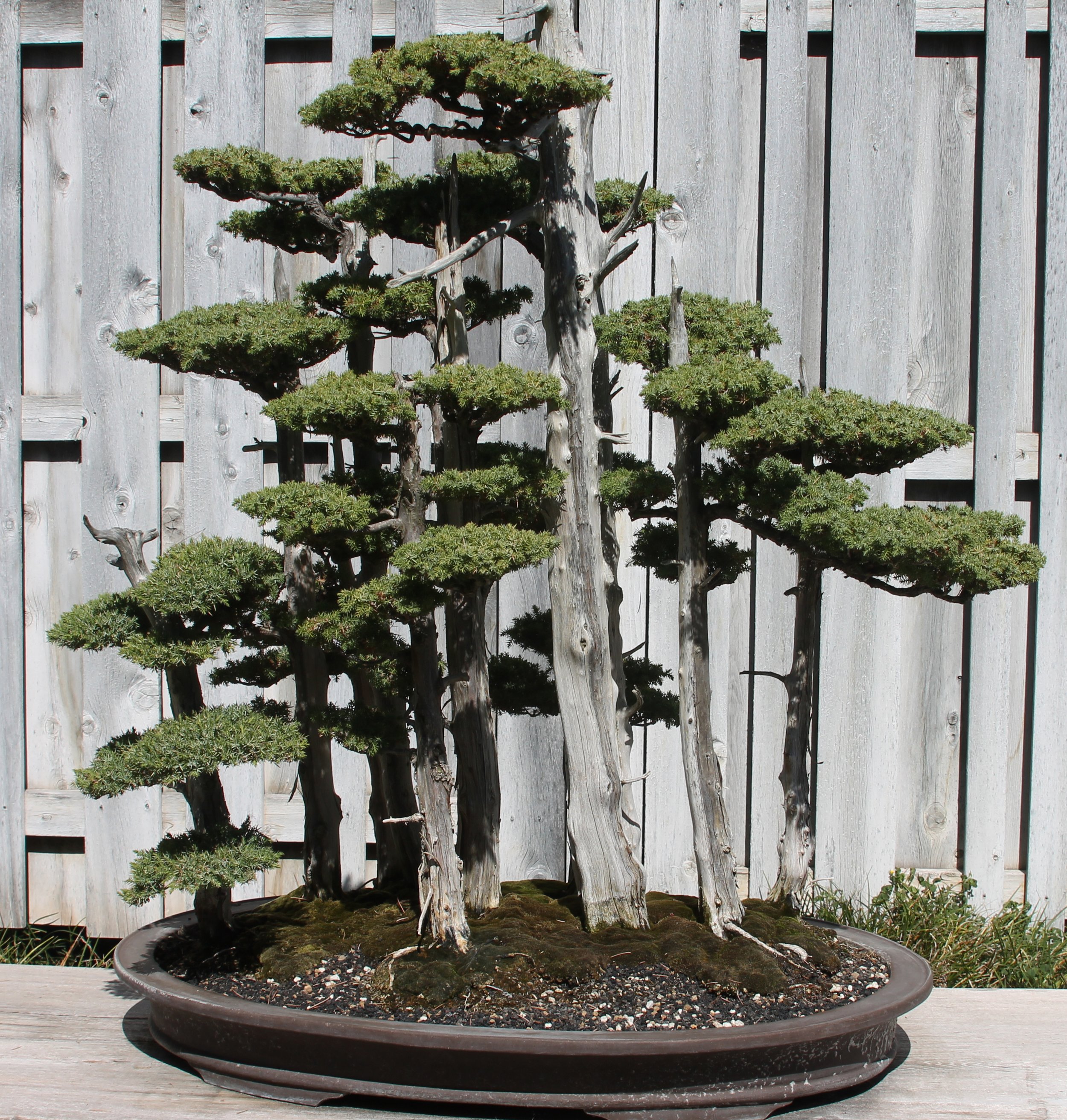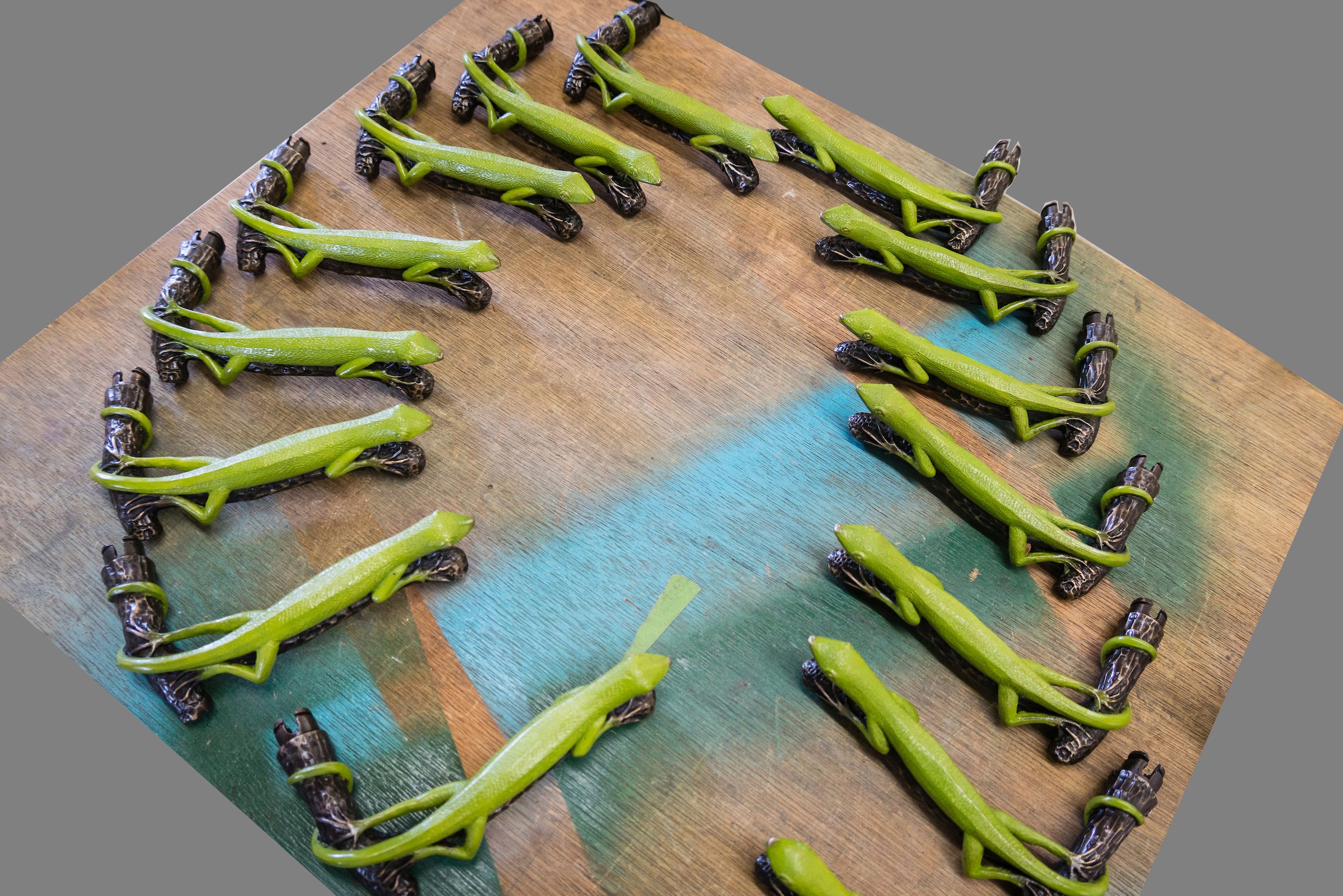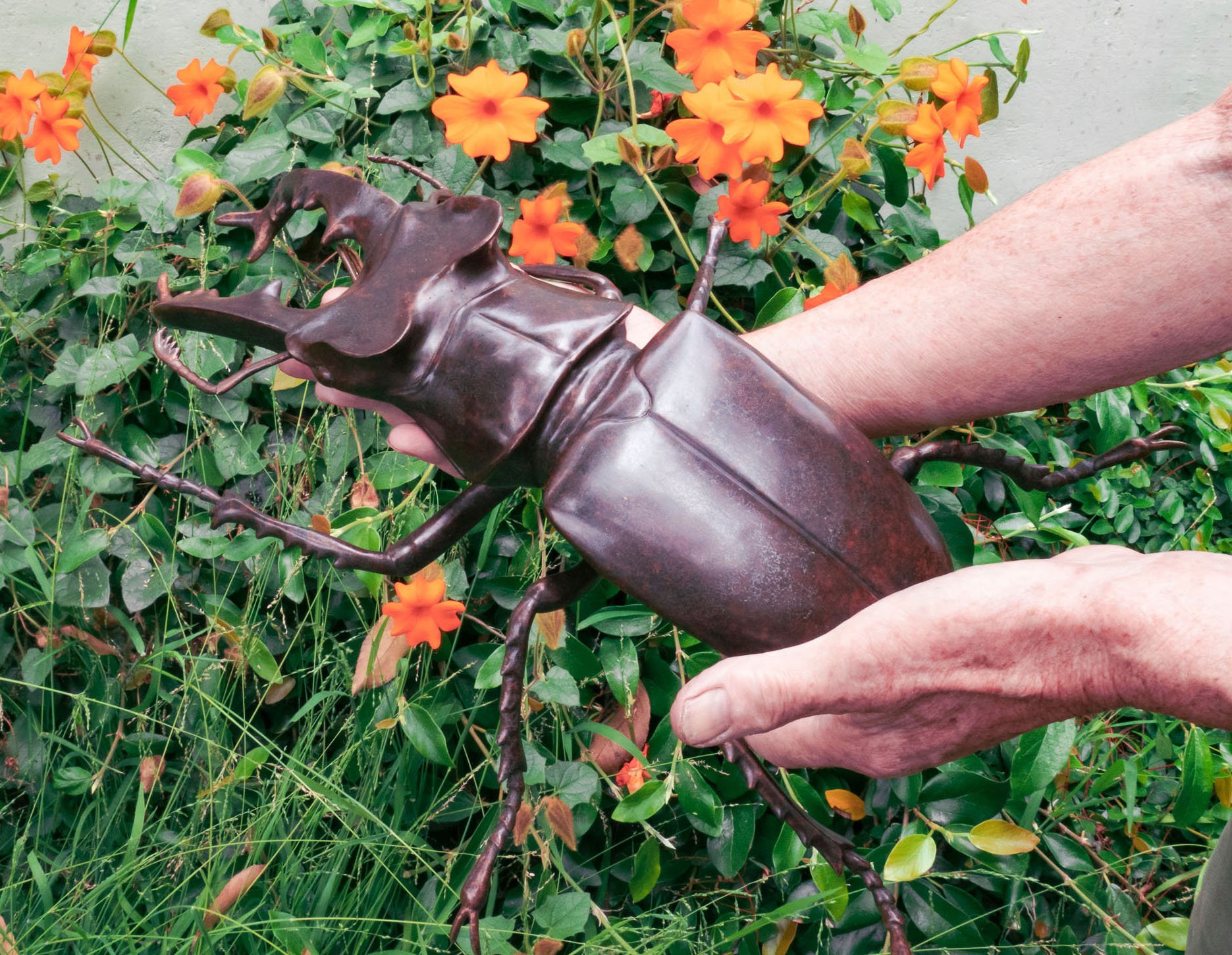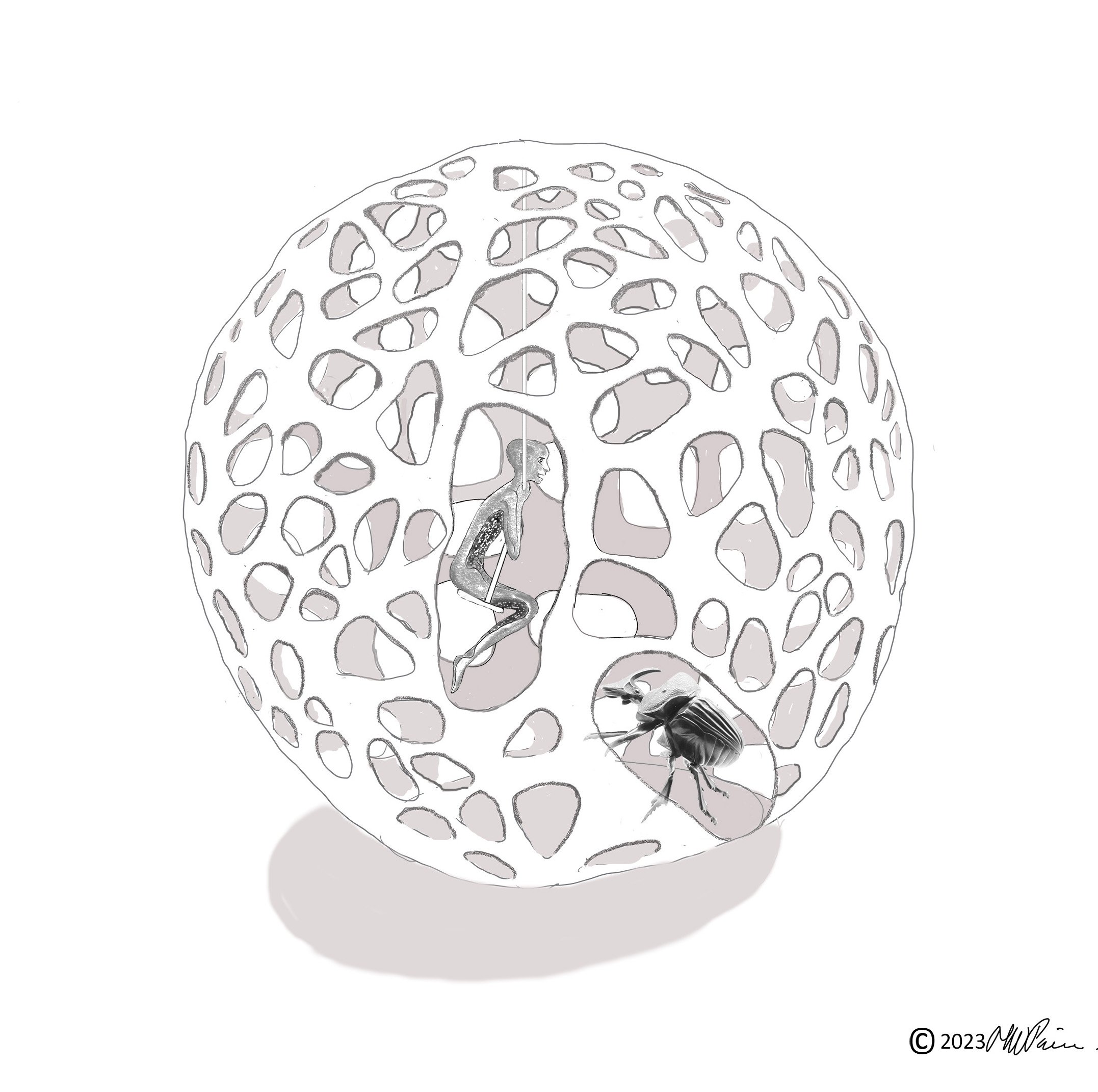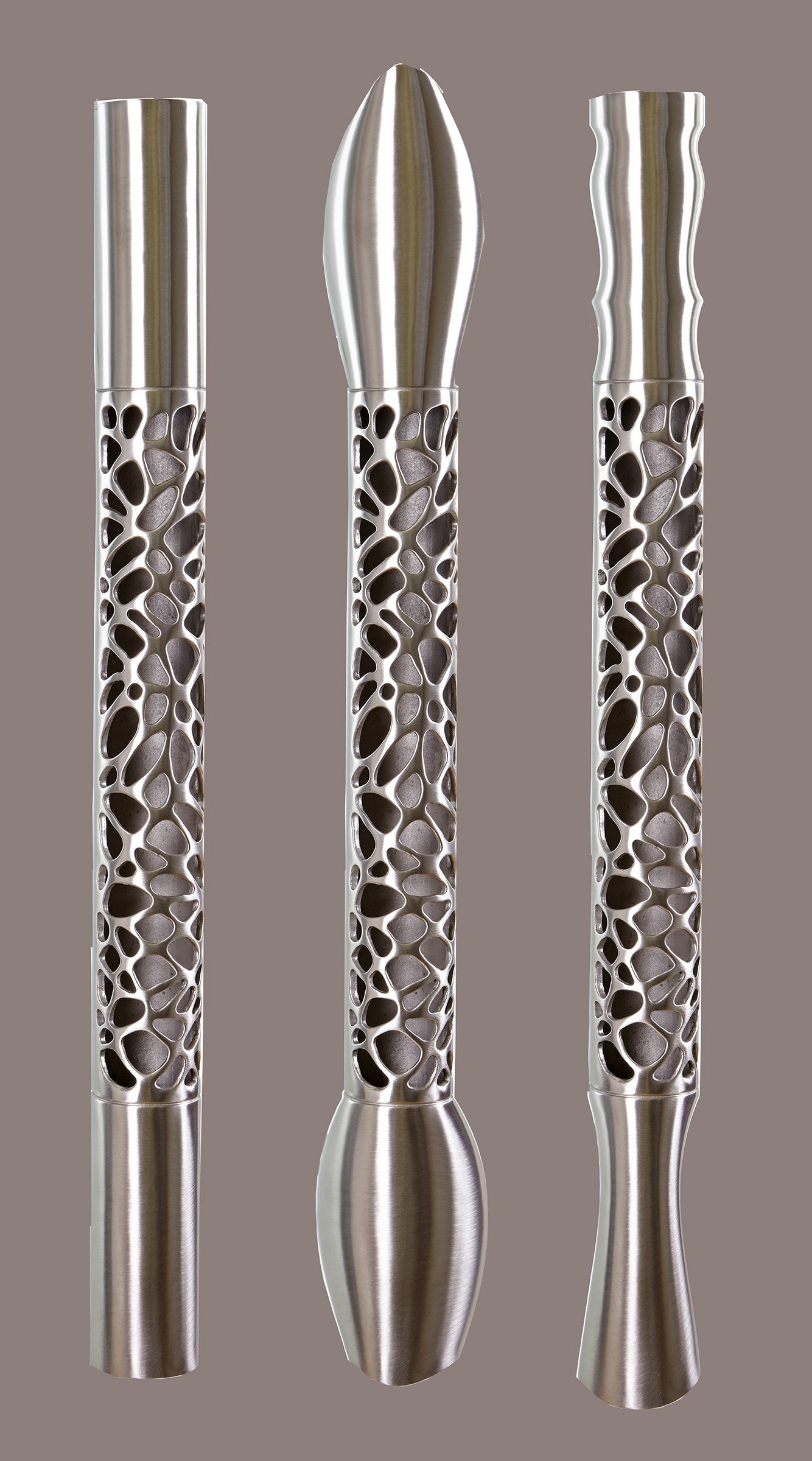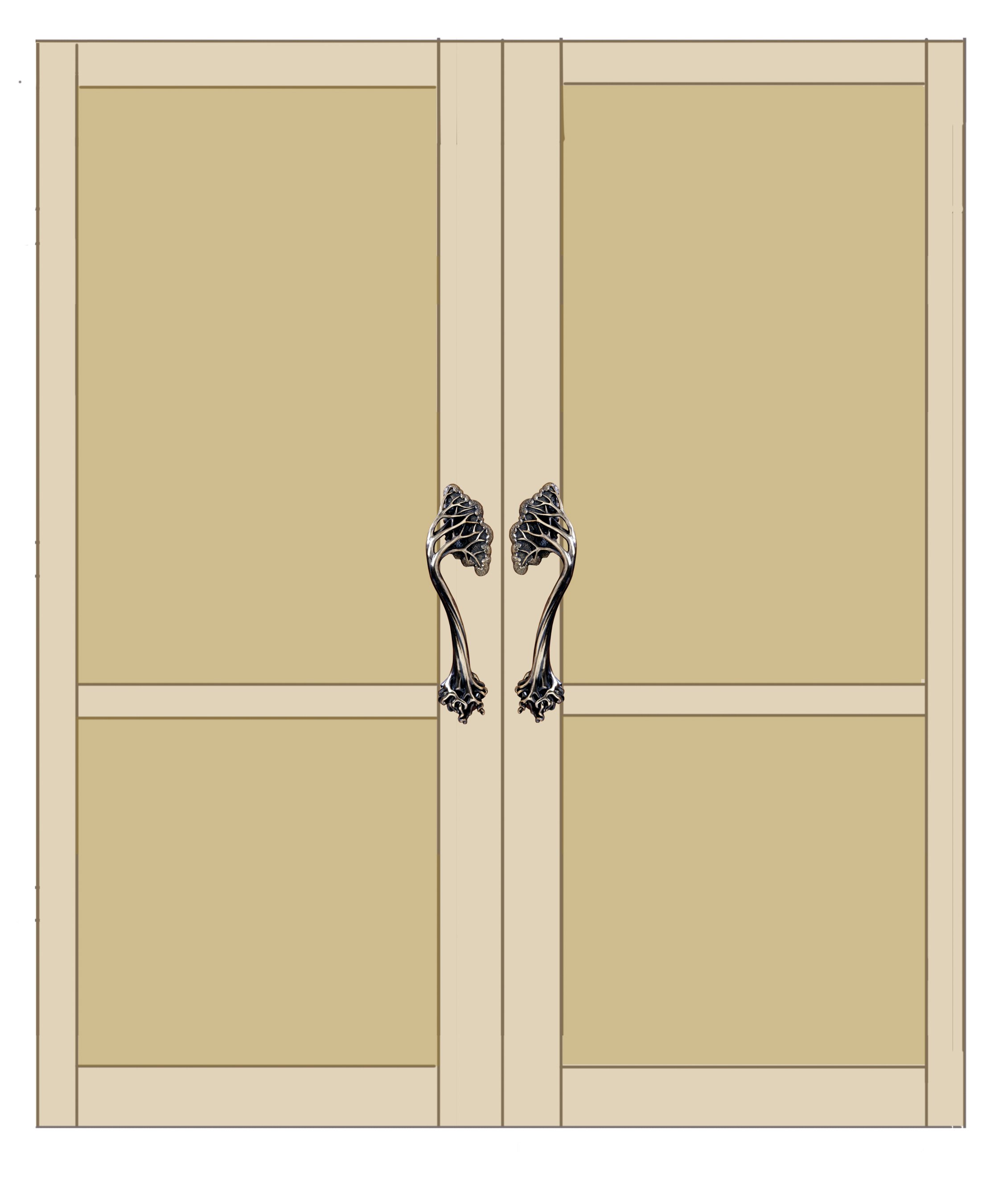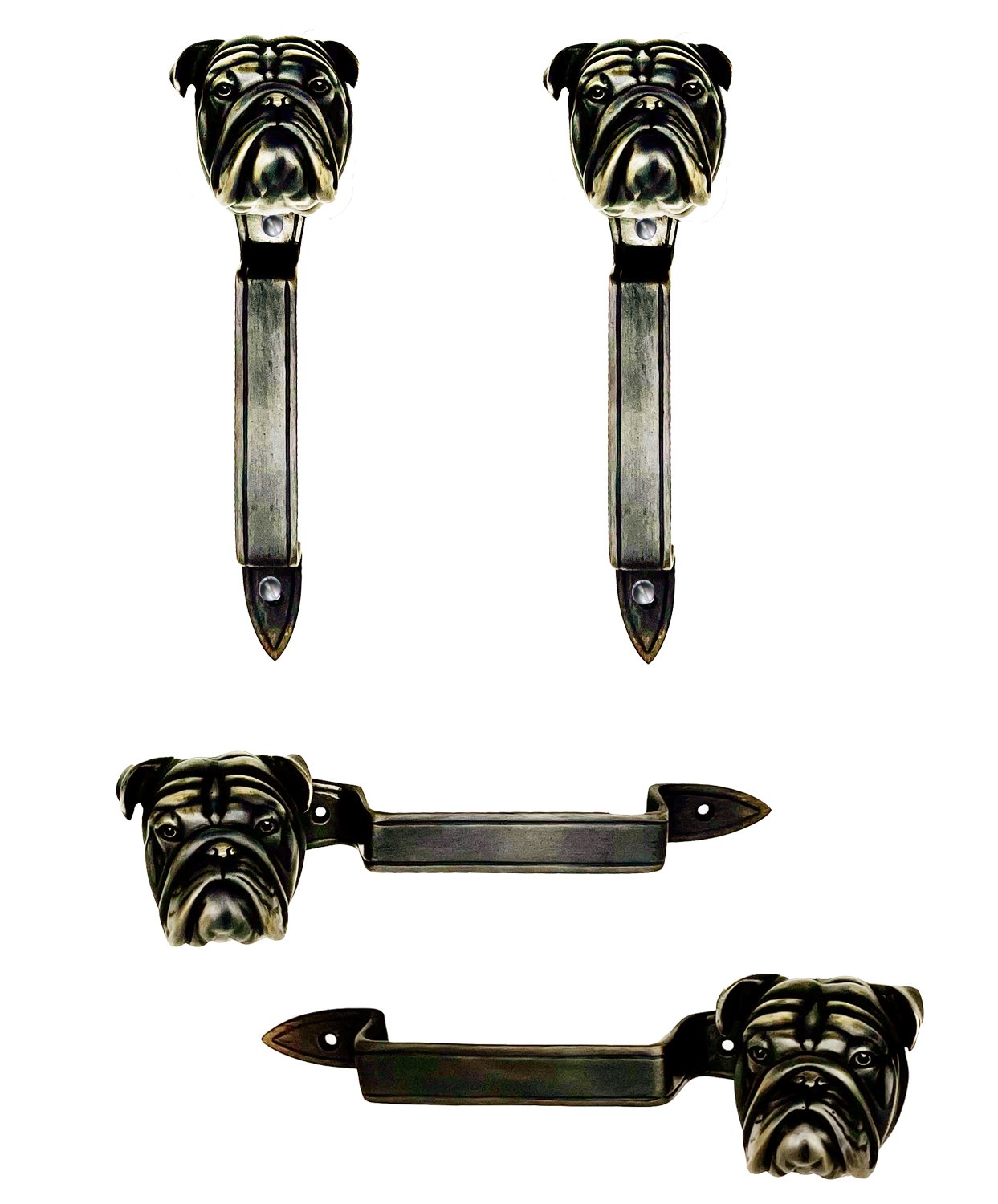The intense colors of spring have inspired a new range of hot patinas that can be custom ordered for select insects pulls.
Dragonfly
The blue dasher is part the dragonfly family which is one of the largest insect groups in the world. Dragonflies are part of the skimmer family a name that aptly describes how they hover over water when mating and laying their eggs.
The red veined darter inspired our first dragonfly cabinet pull and the original carving and first castings were made in 1995. The first pieces in the cabinet pull collection were designed for our Ascot and Aspen limited edition furniture designs.
Common Blue Butterfly
Is a small butterfly most seen in the U.K and Ireland where it favors cool grassy meadows and woodlands.
Green long winged butterfly
The striking green- black markings of this long-winged butterfly were the basis for a new custom hot patina shown here. Butterflies and moths often display a distinctive array of colored patterns, and their geometry and repetition inspired our first butterfly pull which we used as cabinet door pulls on our Seicho style buffet.
Yellow Black bumble bee
Sadly, this bee, like many other insects is in decline through loss of habitat, pesticides, and inbreeding.
Hot patinas reason for minimum order
Creating a hot patina requires dexterity, a blow torch and keen concentration. The surface of the bronze needs to be finely sand blasted so that the surface has a slightly pitted texture. The pitted texture prevents the patina from sloughing off which is what would happen on a highly polished surface. Once sand blasted, the piece is firmly held with pliers and heated with a blow torch. Once hot the colored dye oxide is applied with a fine brush. During this process the piece must be repeatedly torched to maintain the temperature. The heat acts to open the surface pores of the metal thereby allowing the oxide to penetrate. The temperature is critical as too much heat will cause the oxide to crystallize and burn. The preparation of the piece and of the work area and tools are all time consuming and for this reason we require a minimum of 3 pieces for each order.







